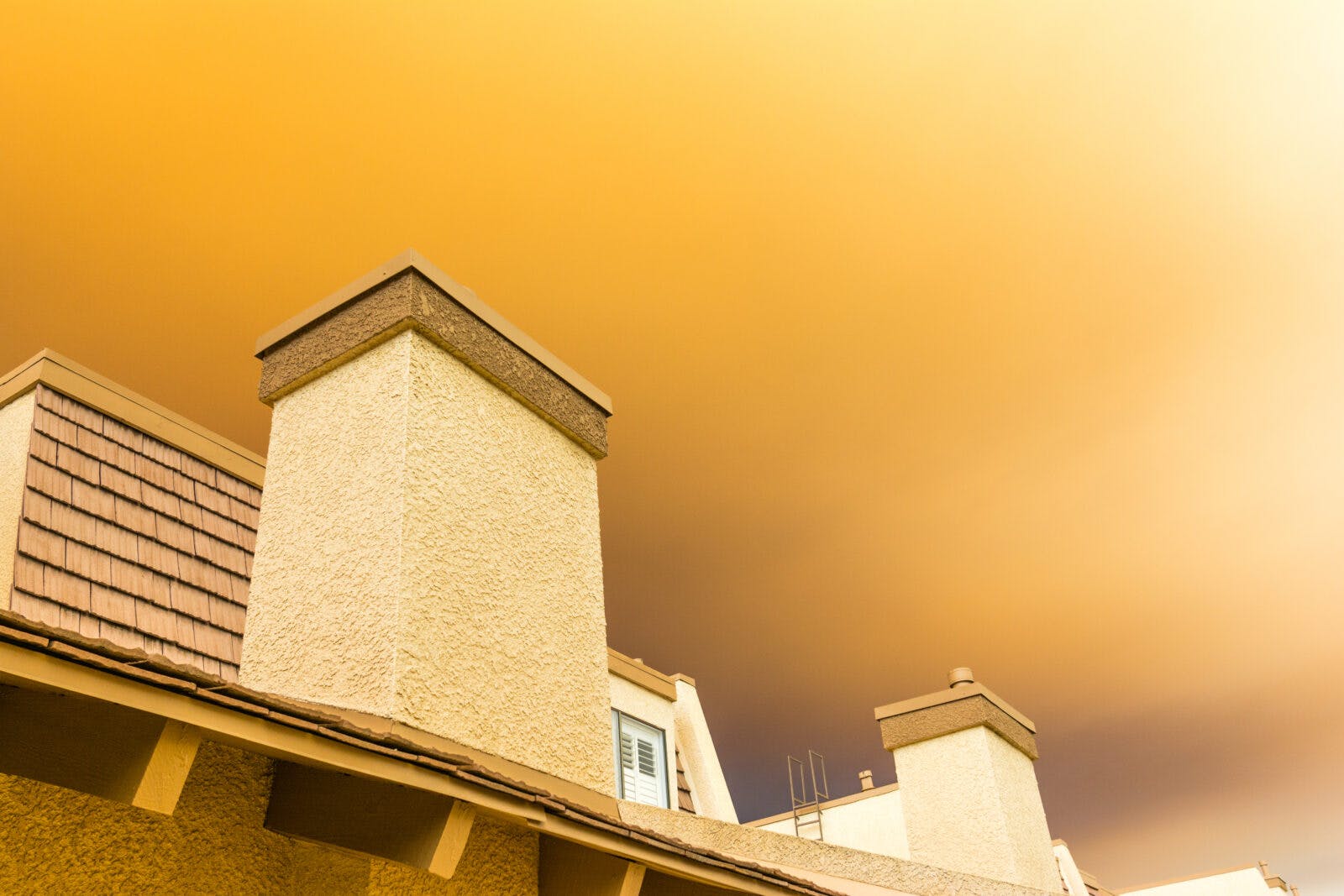Many in Western Washington may think the risk of a wildfire impacting their lives is minimal because of the high density of buildings, roads and rails. But in 2023, this half of the state had more instances of wildfires than the typically drier land in Eastern Washington (552 vs. 527).
About 4.7M properties in the U.S. are at risk from the devastation of wildfires, according to First Street Foundation, a non-profit that studies climate-change risk. The number will likely increase this year with almost all of Washington already in a drought emergency amid low winter snowpack, which could spell trouble for property owners facing possible fire danger as well as potentially affecting drinking water, wildlife, farms and hydropower operations.
Wildfires have become more frequent, larger in acreage and more severe – particularly across the Western U.S. There is still time to act before wildfire risk increases in a few weeks and for future years.
Taking action starts with research. Look online – firewise.org or wildfirerisk.org – to learn more about fire dangers and safety tips. Also check your home address on realtor.com, which provides a range of environmental risk levels (wind, flood, wildfire) developed by First Street and other sources.
One of the main dangers to homes from fire is flying embers, which experts say can travel up to two miles before landing on dry vegetation, a roof, chimney or other venting. Sightline Institute notes, that up to 90% of home blazes caused by wildfires are ignited by wind-driven embers.
A fire-resistant roof may save many lives. Homeowners living in fire-prone areas should consider using a Class A material, like asphalt shingles, the highest in fire resistance. They should also examine the roof for dried leaves or other debris that may act as a fire starter.
Prune, trim and simply dig out an area of at least five feet to the home and other structures. That includes removing dry mulch and wood chips that are typically used as decorative landscaping. For residents in the highest-risk zones, consider extending the safety buffer to 30-100 ft. around buildings.
Beyond 100 ft., the condition of the vegetation “has nothing to do with the ignitability or likelihood a home will burn,” Jim Furnish, former Deputy Chief of the U.S. Forest Service, told Sightline. Fire-hardening a property comes with costs but what is the price of saving lives? Research shows it’s no more expensive – even possibly less – when building a new home.

Research has shown that in many cases a home contains more flammable materials than the brush and trees surrounding the structure. Look at product labels – for carpets, sofas and chairs – to better understand their potential danger to people in a fire.
Want to be a helpful neighbor? Speak with members of your immediate community to share tips as well as establish plans to fight a fire and evacuate well ahead of a pending disaster.
Prepare multiple escape plans with household members and neighbors. What is the plan when waking in the middle of an active fire? Is there an emergency escape route from the upper floors of a home? Is there a set meeting point outdoors? Who will take care of the pet(s)?
Don’t downplay the importance of emergency kits – perhaps one in the car and another near a home exit. Kits should include a battery- or crank-powered radio, flashlight, water bottle, whistle, phone charger, N95 masks and backup prescriptions.
Utility companies will consider cutting power to customers if it helps prevent power lines from sparking wildfires. Having a home generator could be a life-saving measure worth considering today.
We cannot avoid extreme wildfires, but we can avert devastating damages. Don’t leave planning for a rainy day! Being organized today may help save lives tomorrow – possibly even yours.
– – – – – – – –
The impact of wildfires goes well beyond the fire-scorched land it destroys. The thought of being hostage to smoke for untold miles can affect one’s mental and physical health, according to recent studies in Washington and. California. Researchers found an increase in prescriptions to treat depression and anxiety in the six weeks after wildfires. Smoke can additionally have a serious effect on one’s cardiovascular and respiratory health and possibly lead to increased hospitalizations.
Seattle metro ranks third in the nation for total property value at risk from severe or extreme air quality. The Bay Area of San Francisco and San Jose are at the top of the list.
RESOURCES
Officials in Snohomish County offer a web-map application called the Climate Vulnerability Tool that assesses climate change risks to communities. The tool will allow county residents to examine existing climate-related vulnerabilities and help them be better prepared for a natural disaster. Learn more here.
– – – – – – – –
The National Oceanic and Atmospheric Administration oversees a drought-watch website for Washington. The U.S. Forest Service monitors air quality and maps active wildfires.




